Ask AI on The Internet
Question: Read the following case study carefully and answer all the questions that follow: (Note: this case study is a follow-up of Tshepo’s case study used in assignment 02 but adapted to fit the assessment criteria for assignment 03.) Tshepo, a bright, intelligent and enthusiastic five-year-old, was diagnosed with autism spectrum disorder (ASD) at the age of three. After a long struggle to find a school for Tshepo, he was admitted to an inclusive school willing to accommodate him with his specific needs. The transition to the inclusive school marked a turning point in Tshepo's educational journey. With access to tailored support and an individualised education plan (IEP), Tshepo made remarkable progress in his academic and personal development. Tshepo cannot communicate verbally although his parents understand his gestures. He understands pictures in picture books. Tshepo can follow one-step instructions but struggles to comprehend multi-step instructions. He finds it difficult to sustain focus on tasks or follow instructions for an extended period. He prefers to play alone and not with his classmates. Tshepo requires assistance with basic self-care tasks, such as dressing, eating, and personal hygiene. Due to his inability to communicate verbally, Tshepo exhibits challenging behaviour such as temper tantrums when his needs are not addressed. He does not like loud noises and would run away when he feels unsafe. 1. In the case study it is mentioned that an individual educational plan was developed for Tshepo. 1.1 Explain what an Individual Educational Plan (IEP) is. Use your own words. [2] 1.2 What are four goals that should be achieved in an IEP? [4] 1.3 Based on the information provided in the case study, create an individual education plan (IEP) for Tshepo. You can use the IEP form of your school or create your own based on the checklist below. [20] 1.4 As part of your IEP, you should copy, paste and complete the following checklist to ensure that you incorporated all the information in Tshepo’s IEP form. (In other words, the information provided in the checklist below should be reflected in Tshepo’s IEP. [4] Checklist for developing an IEP Does the IEP include the following? Description Yes No Collaboration among team members Includes the school-based support team and parents/guardians Goals Annual goals and short-term objectives (per term) Current situation Recognises and builds on a learner’s present level of development, taking note of the learner’s strengths, needs, as well as relevant assessment information Services/Supports Indicates what is needed to achieve goals, including therapists, frequency and duration Accommodations and modifications To ensure that the learner can access the curriculum and benefit from instruction Make recommendations for appropriate placement Either special or general Include an evaluation plan Specifies the timeline for evaluating progress Outline a possible transition plan From the age of 14 years (not applicable to Grade R learners) n.a. n.a. Please continue to the next page for question 2. 2. Explain the term Universal Design for Learning (UDL). Use your own words. [2] 3. Give three practical examples of how you can implement UDL in Tshepo’s Gr R classroom. [6] 4. Name any four teaching strategies that can be used for teaching and learning in Tshepo’s Gr R classroom [4] 5. Explain how you could use each of these teaching strategies to teach the theme “Myself” in a Grade R classroom. [8]
### Question 1: Individual Educational Plan (IEP) #### 1.1 Explain what an Individual Educational Plan (IEP) is. Use your own words. An Individual Educational Plan (IEP) is a detailed, personalized plan designed to address the specific educational needs of a student with disabilities. It outlines tailored learning goals, services, and supports necessary to enable the student to succeed academically and developmentally. #### 1.2 What are four goals that should be achieved in an IEP? 1. **Personalized Learning Goals**: Developing measurable academic and behavioral targets that cater to the individual student's needs. 2. **Support Services**: Identifying and scheduling necessary support services (e.g., speech therapy, occupational therapy). 3. **Parental Involvement**: Ensuring active participation of parents/guardians in the educational planning process. 4. **Progress Evaluation**: Setting methods and timelines for assessing the student’s progress towards their goals. #### 1.3 Based on the information provided in the case study, create an individual education plan (IEP) for Tshepo. **Individual Educational Plan (IEP) for Tshepo** 1. **Student Information** - Name: Tshepo - Age: 5 years - Diagnosis: Autism Spectrum Disorder (ASD) - Communication: Non-verbal 2. **IEP Team Members** - Parents/Guardians - Classroom Teacher - Special Education Teacher - Speech Therapist - Occupational Therapist - School Counselor 3. **Current Situation** - Strengths: Understands pictures in picture books, follows one-step instructions. - Needs: Verbal communication, social interaction, multi-step instructions, sustained focus, self-care tasks. - Relevant Assessments: Autism diagnostic report, speech and language evaluations. 4. **Annual Goals and Short-term Objectives** - **Goal 1**: Improve communication skills - **Objective 1**: Use picture cards to request basic needs with 80% accuracy by term end. - **Goal 2**: Enhance social interaction - **Objective 2**: Engage in structured peer-interaction activities for at least 5 minutes daily. - **Goal 3**: Follow multi-step instructions - **Objective 3**: Successfully follow two-step instructions with prompts in 7 out of 10 attempts. - **Goal 4**: Develop self-care skills - **Objective 4**: Independently attempt to dress himself with minimal assistance during morning routine. 5. **Services/Supports** - Speech Therapy: 3 times a week, 30 minutes per session - Occupational Therapy: 2 times a week, 45 minutes per session - Classroom Aide: Full-time support to assist with instructions and self-care tasks 6. **Accommodations and Modifications** - Picture-based communication system - Reduced auditory distractions (e.g., use of noise-canceling headphones) - One-on-one support during tasks requiring sustained attention - Simplified and clear instructions 7. **Placement** - General education classroom with supplemental supports and services 8. **Evaluation Plan** - Progress Reviews: Monthly - Formal IEP Reviews: Annually - Methods: Teacher observations, therapy reports, parent feedback **Checklist for developing an IEP** | Does the IEP include the following? | Description | Yes | No | |----------------------------------------|--------------------------------------------------------------------------|-----|----| | Collaboration among team members | Includes the school-based support team and parents/guardians | Yes | | | Goals | Annual goals and short-term objectives (per term) | Yes | | | Current situation | Recognises and builds on a learner’s present level of development, taking note of the learner’s strengths, needs, as well as relevant assessment information | Yes | | | Services/Supports | Indicates what is needed to achieve goals, including therapists, frequency, and duration | Yes | | | Accommodations and modifications | To ensure that the learner can access the curriculum and benefit from instruction | Yes | | | Make recommendations for appropriate placement | Either special or general | Yes | | | Include an evaluation plan | Specifies the timeline for evaluating progress | Yes | | | Outline a possible transition plan | From the age of 14 years (not applicable to Grade R learners) | n.a | | ### Question 2: Universal Design for Learning (UDL) #### Explain the term Universal Design for Learning (UDL). Use your own words. Universal Design for Learning (UDL) is an educational framework that aims to make learning accessible to all students by providing multiple means of engagement, representation, and expression. It emphasizes flexibility in teaching methods to cater to the diverse needs and abilities of all learners. ### Question 3: UDL Implementation Examples #### Give three practical examples of how you can implement UDL in Tshepo’s Gr R classroom. 1. **Multiple Means of Engagement**: Incorporate sensory-friendly activities that attract Tshepo's interest and reduce his anxiety, such as quiet reading corners or tactile learning tools. 2. **Multiple Means of Representation**: Utilize visual aids, picture cards, and digital storybooks to represent information in different formats that Tshepo can understand. 3. **Multiple Means of Action and Expression**: Provide alternative ways for Tshepo to express what he has learned, such as drawing, using picture boards, or demonstrating with objects rather than verbal response. ### Question 4: Teaching Strategies for Tshepo’s Gr R Classroom #### Name any four teaching strategies that can be used for teaching and learning in Tshepo’s Gr R classroom. 1. **Visual Aids/Pictures** 2. **Peer Interaction Activities** 3. **Structured Routines** 4. **Positive Reinforcement** ### Question 5: Application of Teaching Strategies to the Theme “Myself” #### Explain how you could use each of these teaching strategies to teach the theme “Myself” in a Grade R classroom. 1. **Visual Aids/Pictures**: Create a visual board with pictures of body parts and personal items. Use these aids to help Tshepo and his classmates identify and name parts of their bodies. 2. **Peer Interaction Activities**: Organize a buddy system where Tshepo is paired with a classmate to share and talk about photos of their families. This encourages social interaction and helps Tshepo learn about “myself” through peer engagement. 3. **Structured Routines**: Establish a consistent routine where every morning, each child, including Tshepo, checks in using a picture of themselves. This can help Tshepo understand the concept of identity and routine. 4. **Positive Reinforcement**: Use a reward system to encourage Tshepo's participation in activities centered around the theme “Myself.” For example, when he successfully identifies a picture of himself or follows a task related to self-care, he receives a sticker or a small reward.
Think your answer is better than the AI's? Post it below.
Other Most Relevant Posts:
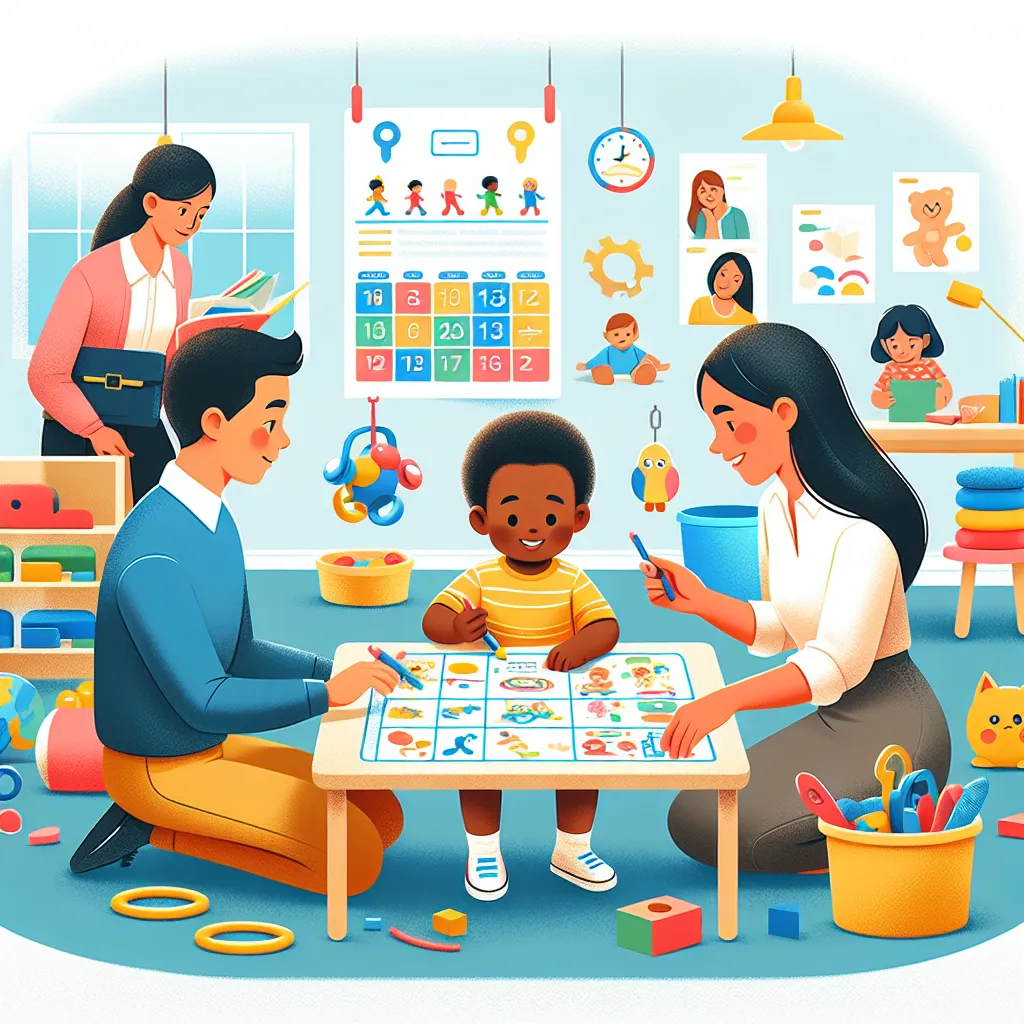 1. IEP and Tshepo's Goals
2. Universal Design for Learning (UDL)
3. UDL in Tshepo's Classroom
4. Teaching Strategies for Tshepo
5. Teaching Strategies for "Myself"
1. IEP and Tshepo's Goals
2. Universal Design for Learning (UDL)
3. UDL in Tshepo's Classroom
4. Teaching Strategies for Tshepo
5. Teaching Strategies for "Myself"
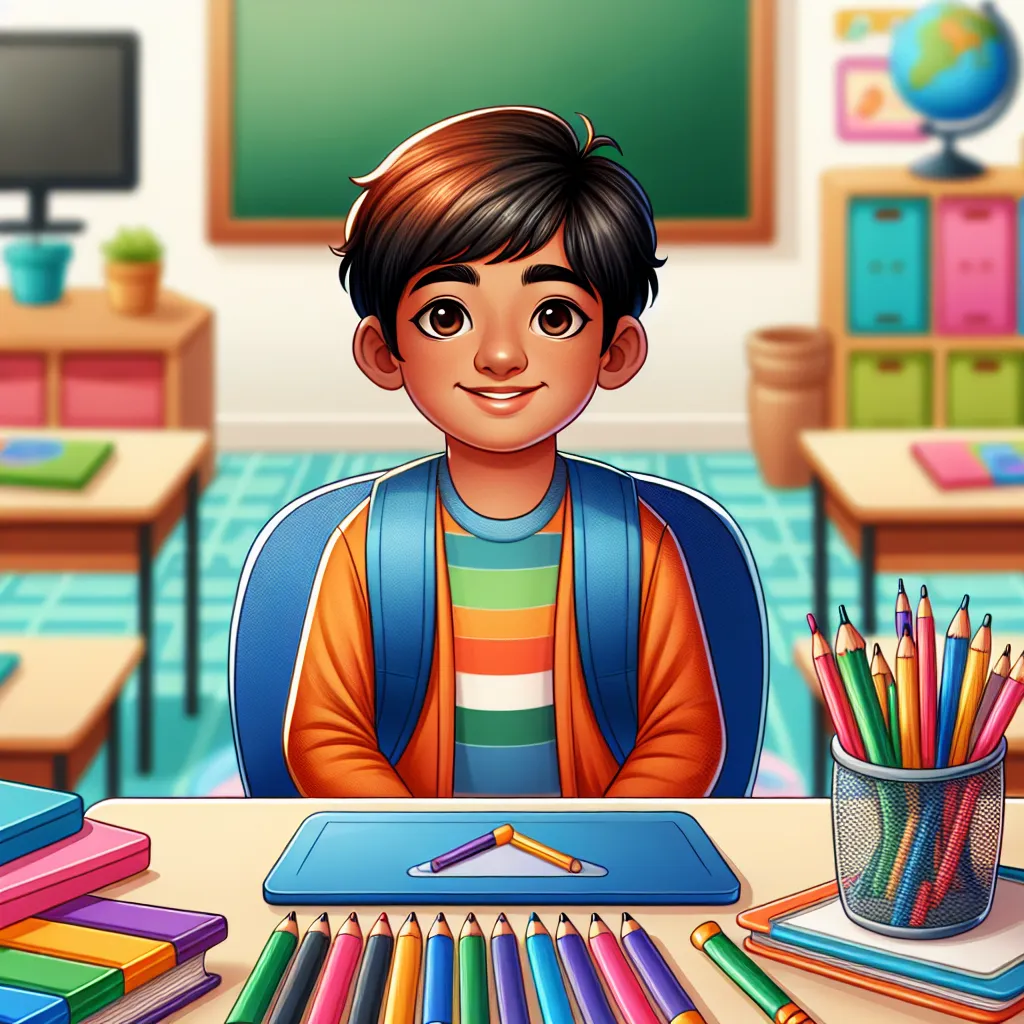 1. What is an IEP and its Goals?
2. Crafting Tshepo's IEP
3. Understanding Universal Design for Learning (UDL)
4. UDL in Tshepo's Classroom
5. Teaching Strategies for Tshepo
1. What is an IEP and its Goals?
2. Crafting Tshepo's IEP
3. Understanding Universal Design for Learning (UDL)
4. UDL in Tshepo's Classroom
5. Teaching Strategies for Tshepo
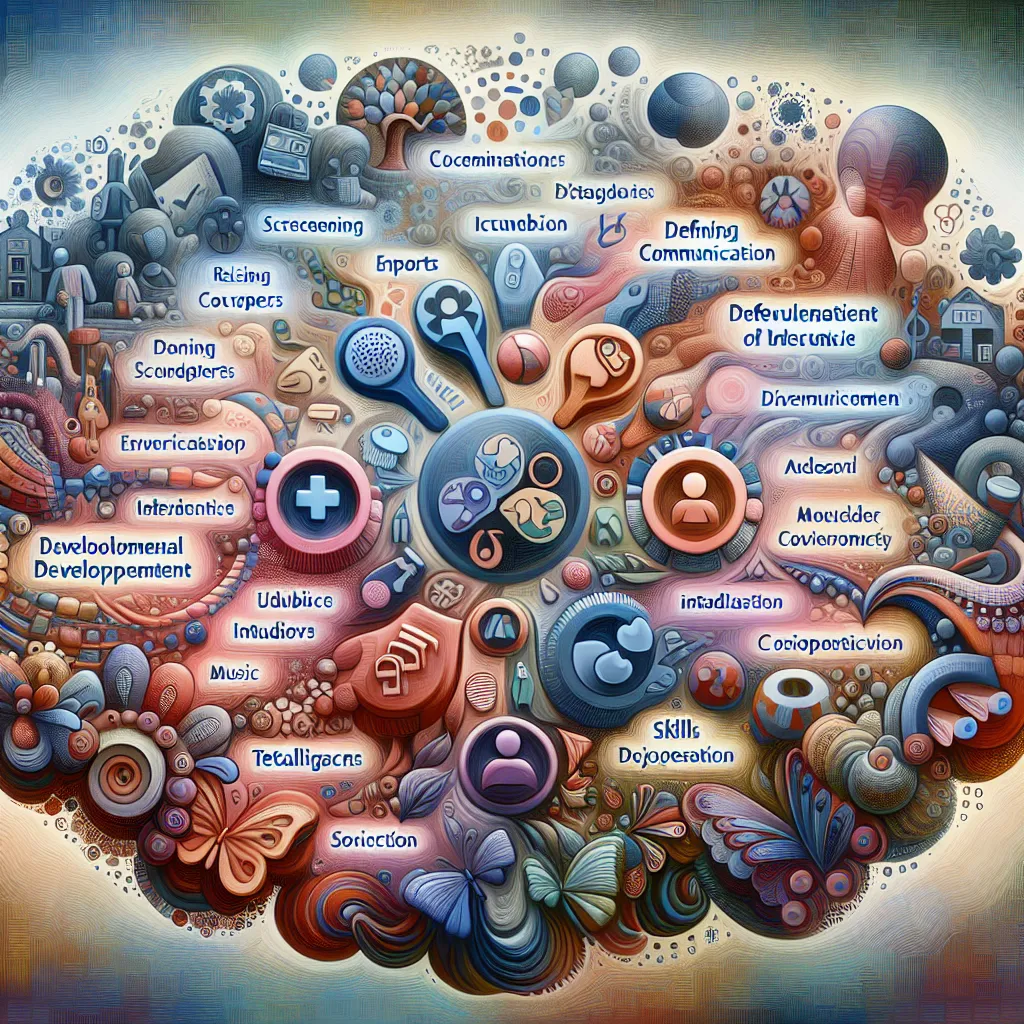 # Assignment 04 Questions
# Importance of Early Screening for Teachers
# Examples from the Case Study
# Developmental Checklist for Tshepo
# Developmental Concerns
# Language Development Red Flag
# Assignment 04 Questions
# Importance of Early Screening for Teachers
# Examples from the Case Study
# Developmental Checklist for Tshepo
# Developmental Concerns
# Language Development Red Flag
Question Tags
If you want your question answered by an AI, click here.


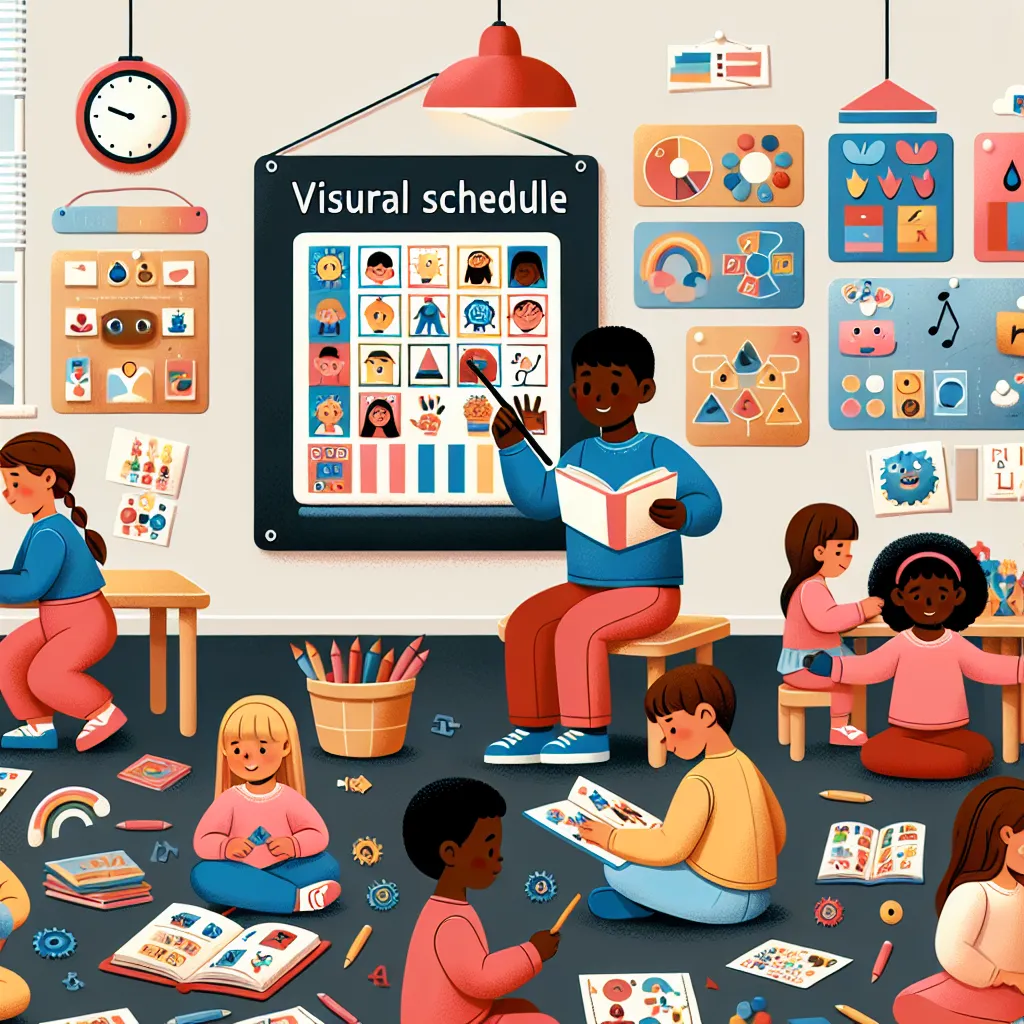
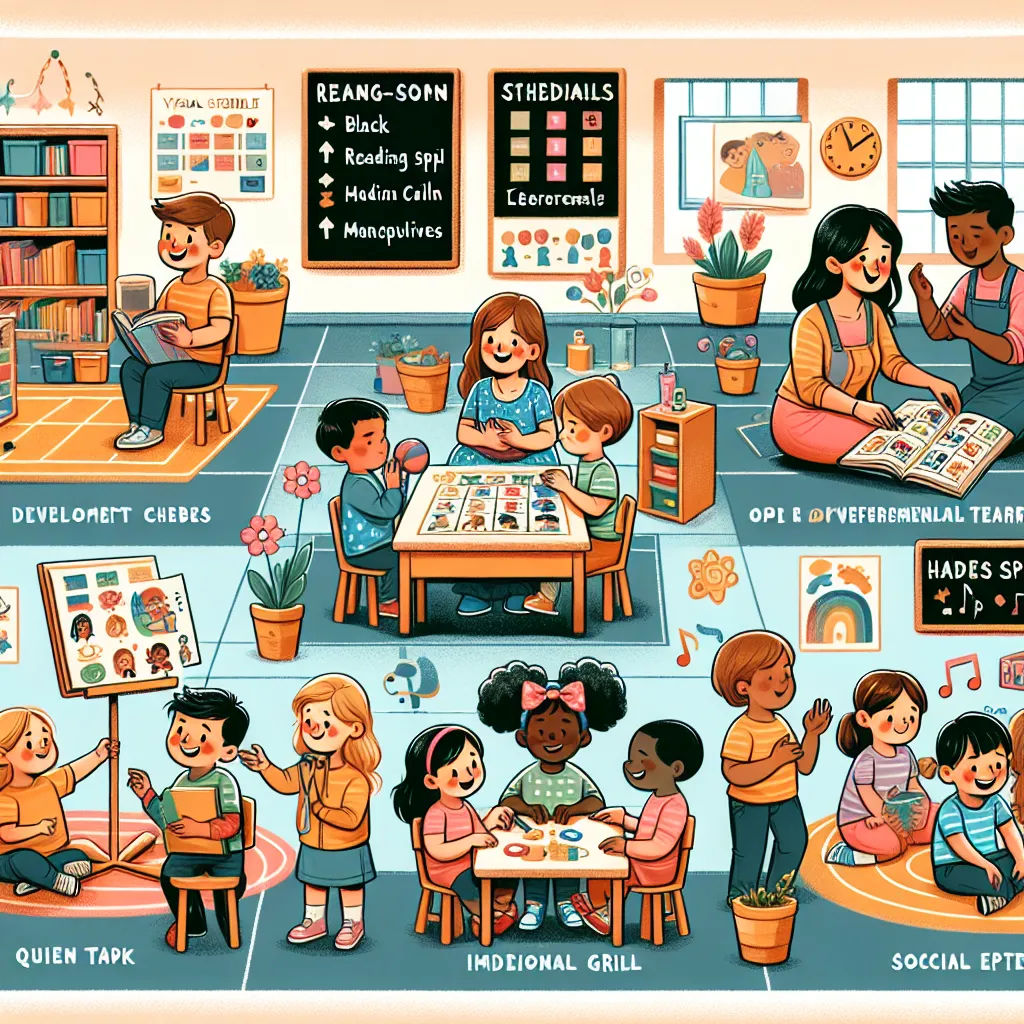
Post your own comment: